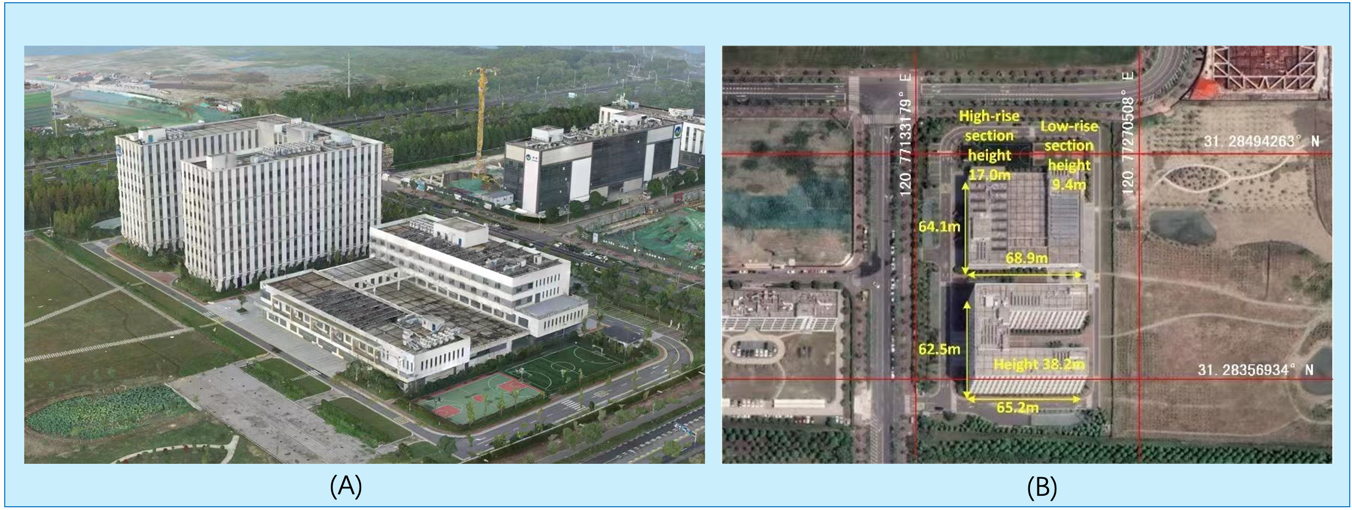
A research team from the Aerospace Information Research Institute (AIR) of the Chinese Academy of Sciences has developed a novel method to generate highly detailed three-dimensional (3D) city models using radar data, addressing long-standing challenges in urban mapping.
By merging artificial intelligence (AI) with architectural geometry, the new technique—dubbed Geo-SETRA—produces clearer, more comprehensive images of urban landscapes. This study was published in the Journal of Remote Sensing.
Traditional technology, known as Tomographic Synthetic Aperture Radar (TomoSAR), uses radar signals to reconstruct 3D environments; however, it has historically faced challenges in urban areas. Complex structures, such as skyscrapers and narrow alleys, often disrupt radar signals, leading to blurry or incomplete images.
To address this issue, Geo-SETRA utilizes the inherent shapes and patterns of buildings—such as rooftops, walls, and windows—as navigational cues. It incorporates these visual semantics into its algorithm, enabling the system to "fill in gaps" and enhance details by using architectural features to guide the interpretation of radar signals.
"Our approach creates a new synergy between geometric modeling and radar imaging," said Dr. WANG Chunyi, the study's lead author. "By letting visual semantics steer radar-based reconstruction, we boost detail and completeness without sacrificing efficiency."
Unlike conventional SAR processing, which relies on extensive post-editing, Geo-SETRA uses a multi-stage pipeline: it starts with a rough 3D map, refines it via computer vision to identify key architectural features, and then employs these features as statistical "priors" in a Bayesian model to guide precise reconstruction.
Testing on simulated and drone-collected radar data from Suzhou, an eastern Chinese city, demonstrated notably results. The algorithm achieved sub-meter elevation accuracy, capturing fine details often missed by other techniques—such as window frames and rooftop edges. It outperformed existing methods in low-signal environments, generated denser point clouds, and retained over 80% of critical data points.
"Our findings prove that decoding the 'language' of city architecture can enhance radar imaging," Dr. WANG noted. "This could transform how we deploy airborne or spaceborne systems for smart city development, infrastructure monitoring, and disaster response."
This study opens new doors for high-fidelity urban mapping, bridging the gap between radar capabilities and the complex demands of modern city management.

Optical images of the surveyed area (A) oblique photography (B) top view with information annotated. (Image by AIR)

86-10-68597521 (day)
86-10-68597289 (night)

52 Sanlihe Rd., Xicheng District,
Beijing, China (100864)

